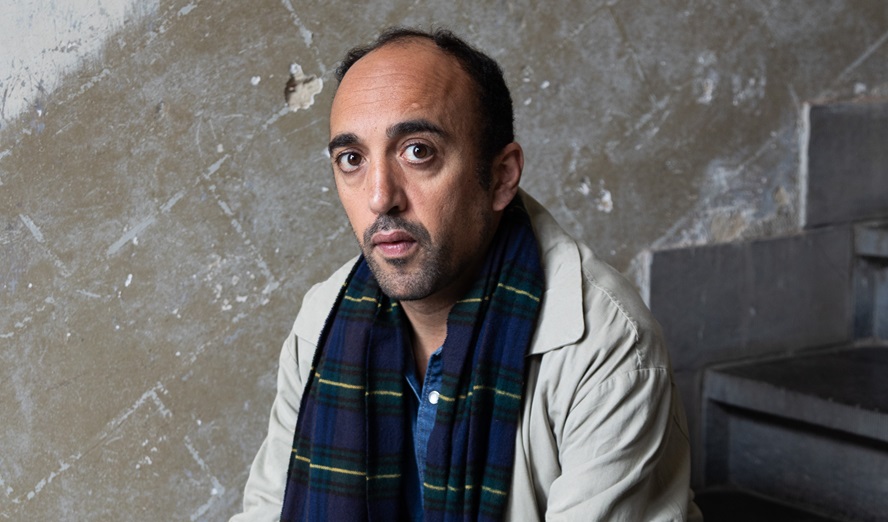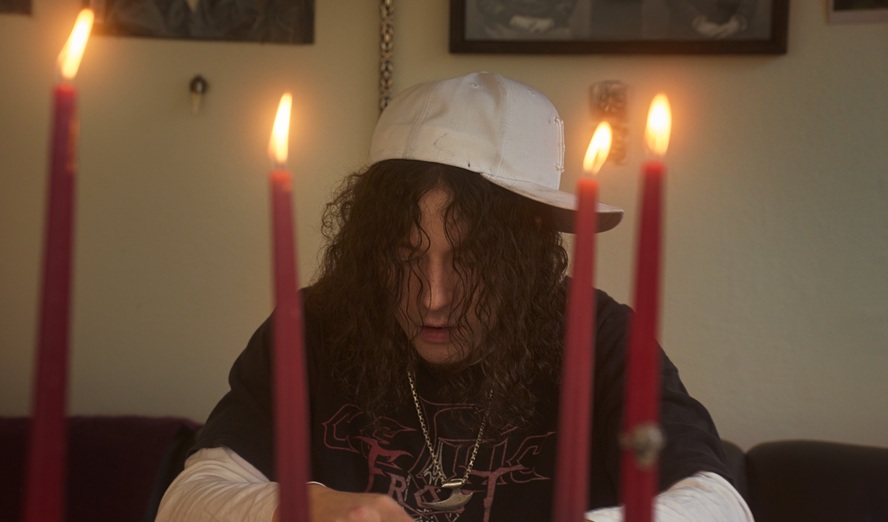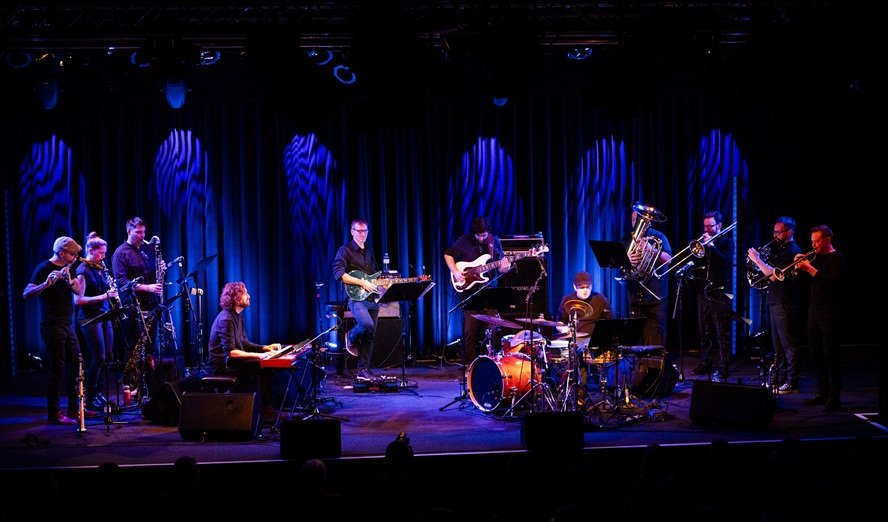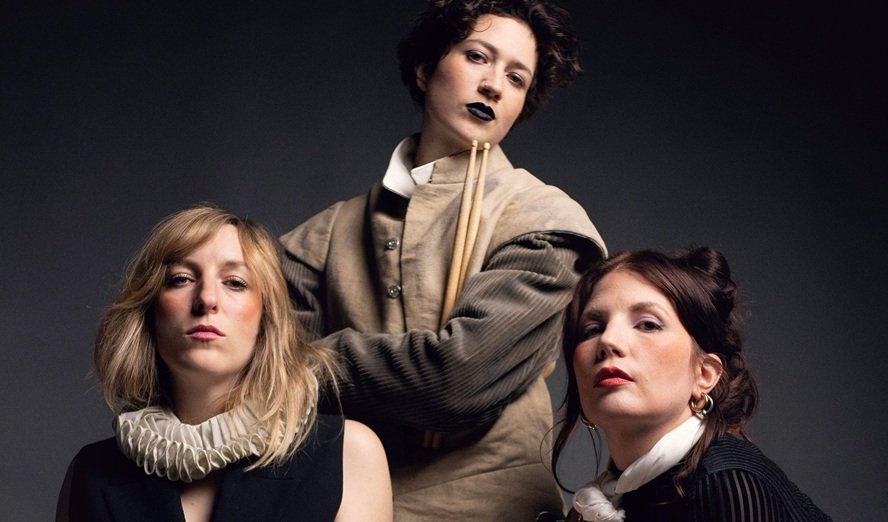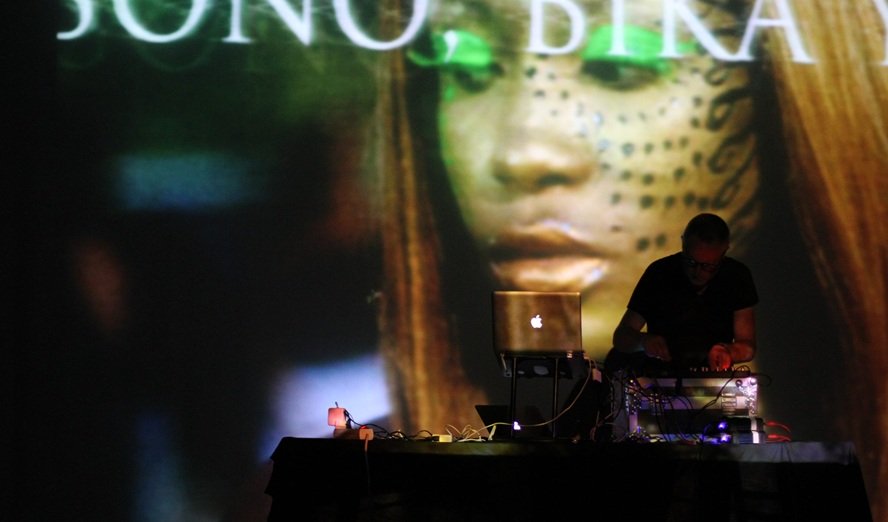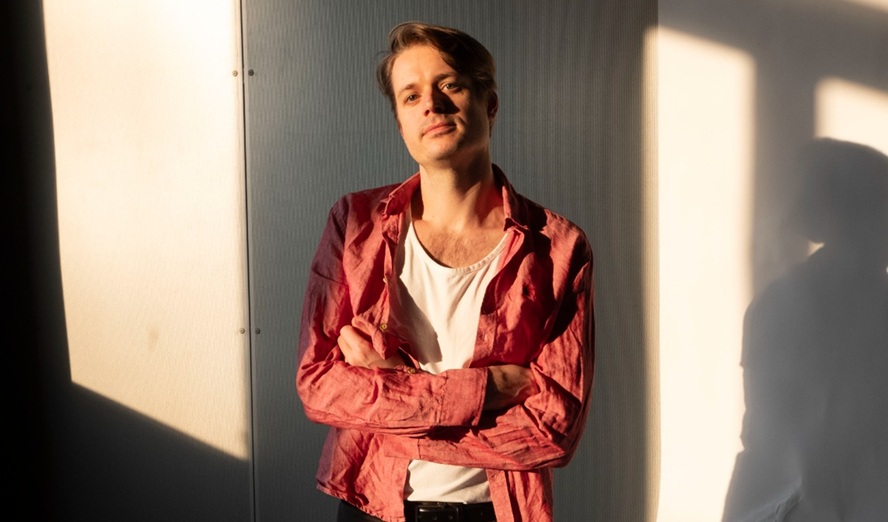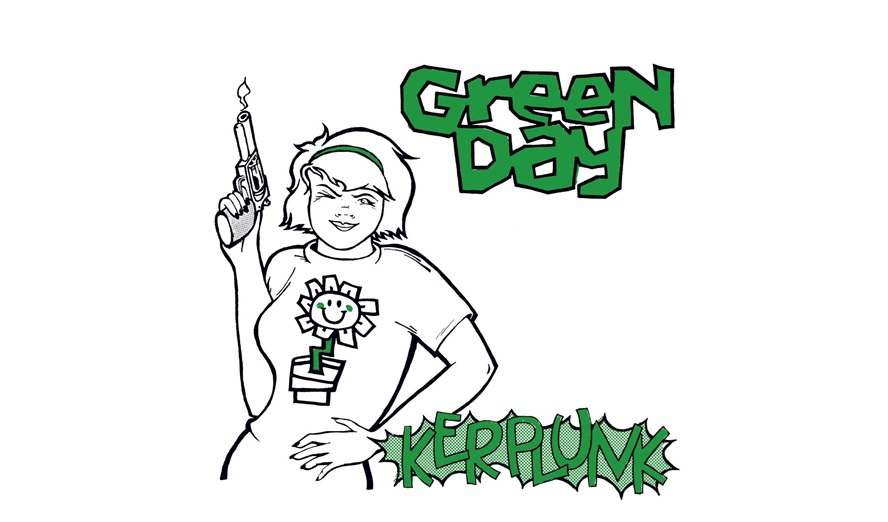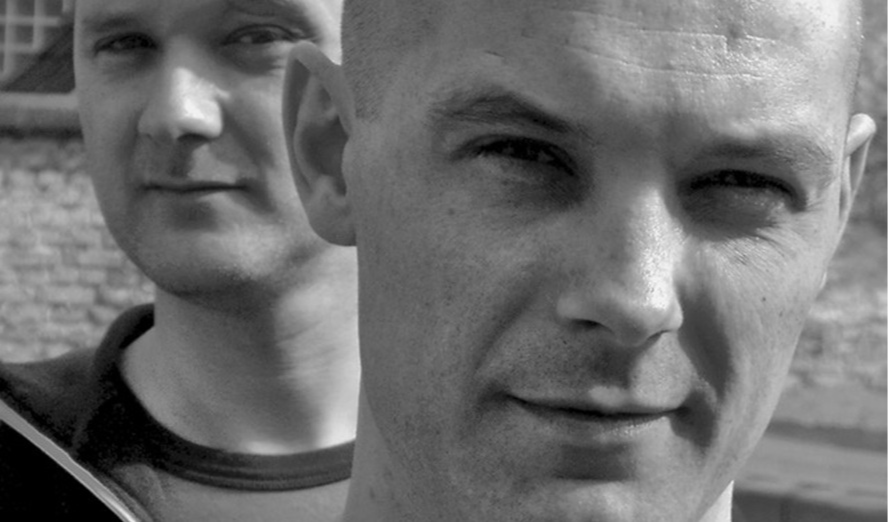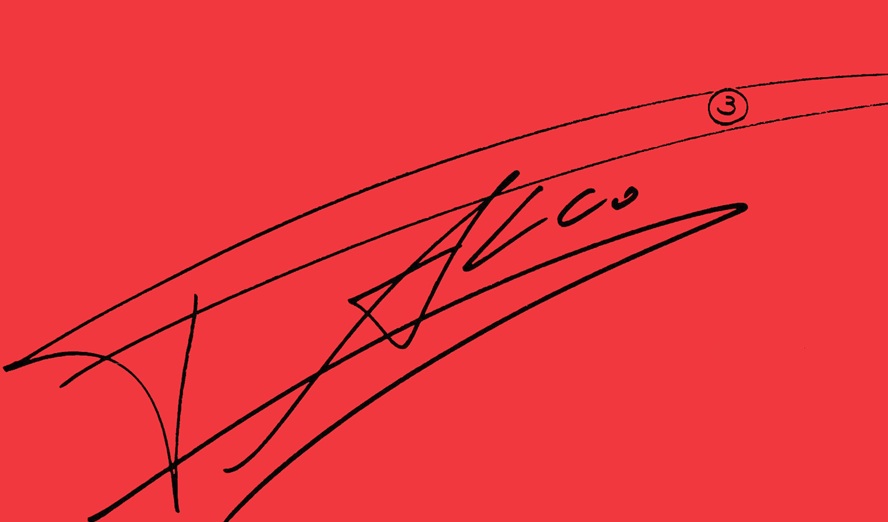Younes Zarhoni is a sound artist and visual artist from Brussels. In recent years, he has translated his personal sonic universe into polyphonic vocal installations, electronic compositions, dance music and field recordings. He released a short vocal-only LP on Kraak which contains polyphonic waves of soulful waves madrigals in a 1990s R&B production.
skug: Why did you want to make a vocal-only album?
Younes Zarhoni: This project emerged from my side activity as a sound and visual artist, fueled by my fascination with the history of choral music and architectural spaces. Initially, I created an installation featuring various speakers strategically positioned within exhibition spaces. Gradually, I began performing in a quadraphonic setup, integrating electronic instrumental interludes between the sung pieces to facilitate seamless transitions into the next vocal segments. When I received an offer from a label to record an album, I quickly decided to keep it simple and direct. My focus was on harmony, melody, vocal textures, and silence. I believed that the best approach would be to work solely with voices, within a cohesive, intimate yet dynamic context. I aimed to create an album featuring only the human voice, much like an album dedicated entirely to string instruments.
The press text calls your album »a mix between Gregorian chants and R&B«. Is this correct, you think?
The label expressed it with a hint of irony by mentioning Boyz II Men, while also nodding to my personal and musical roots. Growing up in a Flemish-Moroccan environment in the 1990s, I was immersed in a rich mix of vocal religious music, Moroccan and Algerian Raï, the emergence of Belgian Newbeat, and the golden era of MTV with R&B icons like Tupac, Destiny’s Child, and Boyz II Men… My fascination for the vocal lines and arrangements in R&B, along with the innovative techniques of producers like Timbaland and others, has consistently fueled my inspiration. I’ve continually perceived a significant association between R&B/Gospel as well as madrigals, the early polyphonic pieces by Pérotin, and various Arabic vocal traditions. I’m captivated by the interplay and tension between polyphonic and monophonic vocal arrangements, as well as the emotional depth, timbre, and rhythmic qualities present in these vocal traditions. These old vocal traditions sound to me like pop music avant la lettre. On the album, you can hear some conceptual elements often linked to R&B, paired with a recording approach influenced by classic soul and R&B performances. This choice has shaped our selection of recording equipment, spaces, and mixing techniques. Our goal was to achieve a sound that merges soulful vocals with chamber music, featuring intimate, front-facing singing that feels close to the listener.
You recorded this album in Saint-Gilles, Brussels, last February. How do you remember the recording sessions?
The voice recordings were quite intense and time-consuming, with sometimes up to six voices for each piece – a real marathon. However, I found the mixing process to be far more enjoyable. It’s during this stage that the album truly comes to life, with the compositions shining. I collaborated on the mix with Raphael Hérouard, a deliberate choice. Like me, he has a background in electronic music, but his extensive knowledge of music history and his diverse palette of sounds further refined and enhanced the recordings.
Why is this only a 20 minute long album, and not a full album?
We consider it as a full album! I think it’s not a record you simply play as background music while doing the dishes, or talking with a friend, you really need to sit down and listen. The music is providing a generous listening experience. Having more than two tracks per side would quickly become overwhelming and disrupt that experience. The act of flipping the record and the silence that accompanies it are also essential to the concept. It’s a brief yet intense experience, and I personally am not a fan of lengthy albums.
What am I looking at on the cover of the album? Jewelry? Rings?
These are rings from a collection at the Victoria & Albert Museum, featuring 19th-century gemstones owned by an English family. On one hand, I was drawn to this image because of the striking black background contrasted with the sparkling stones; I found it to be a fascinating visual composition. When resized to a vinyl cover format, the gemstones appear abstract and somewhat ethereal. On the other hand, I have a keen interest in the geometric approach, as well as the techniques involved in polishing and cutting gemstones to make them sparkle. Last but not least, according to an unverified source, gemstones were also used during that period for hypnosis and mesmerism, reflecting theories of animal magnetism. A bizarre and fascinating relationship between (pseudo)science, technology, and mysticism.
